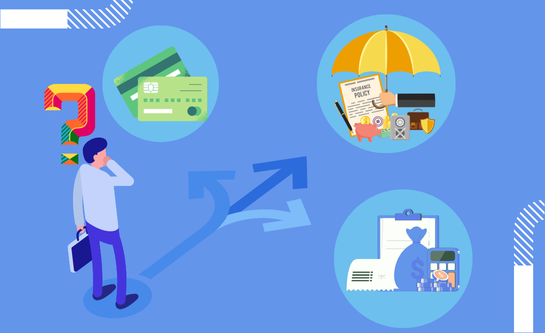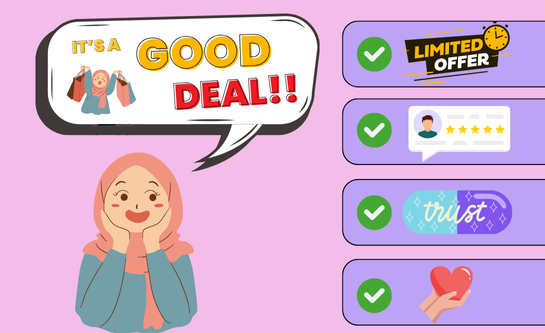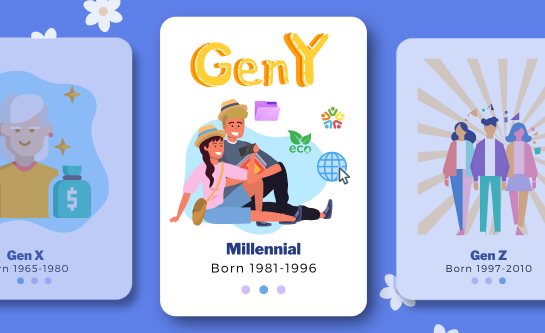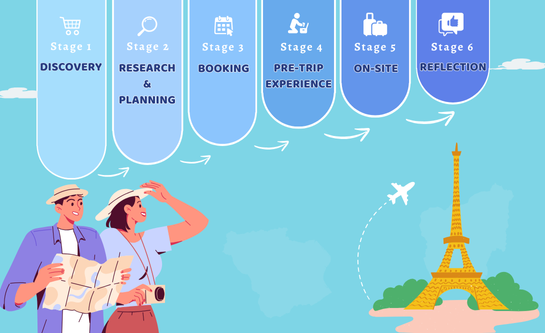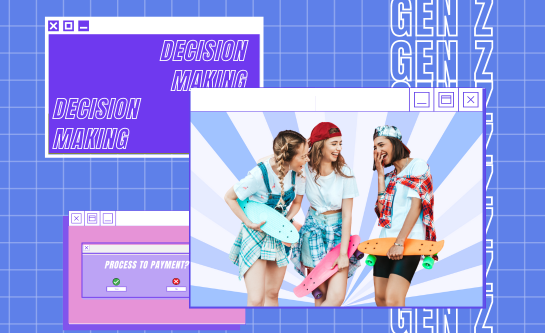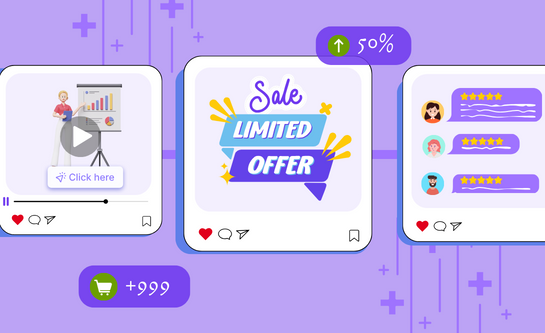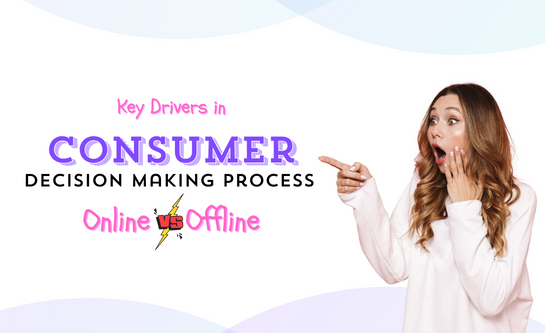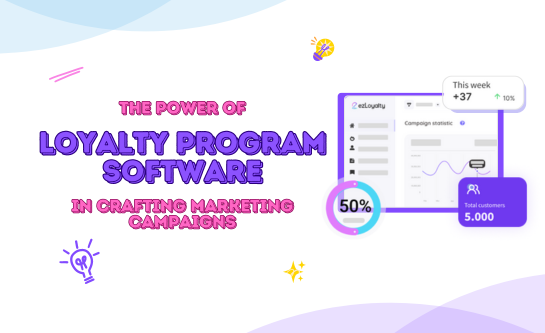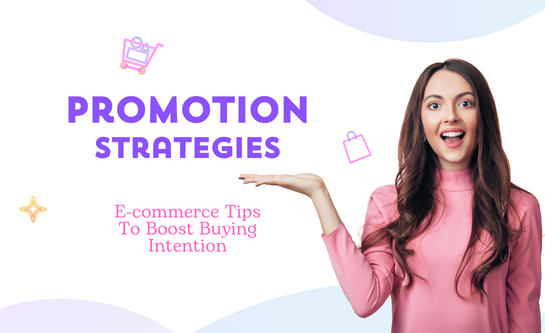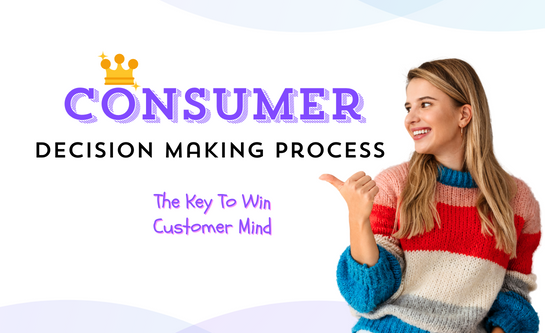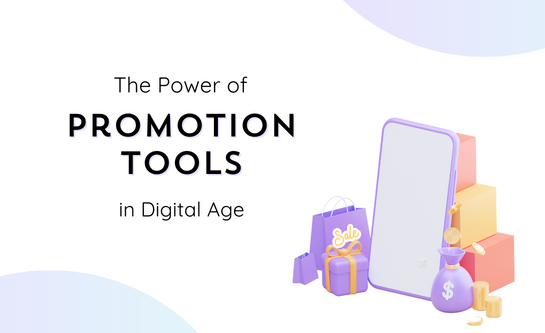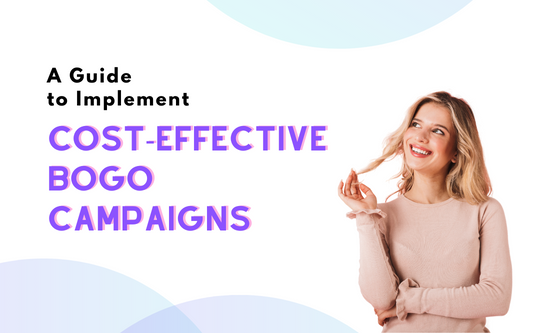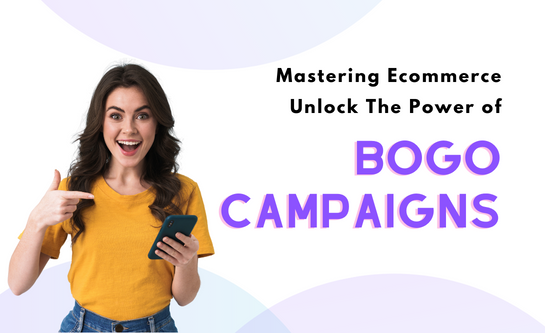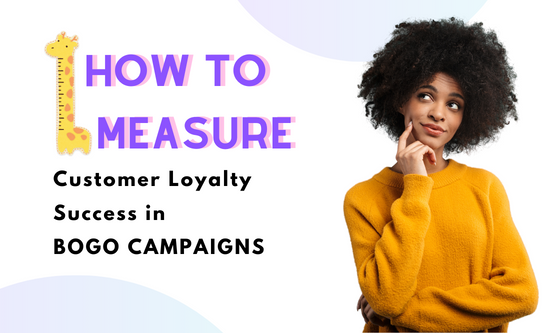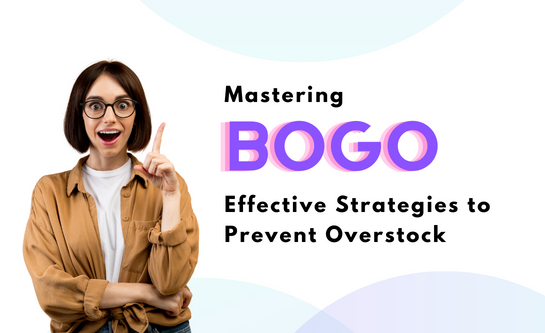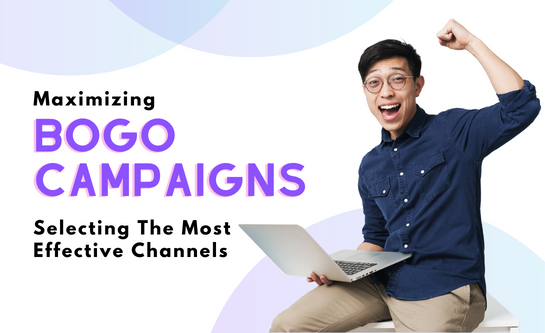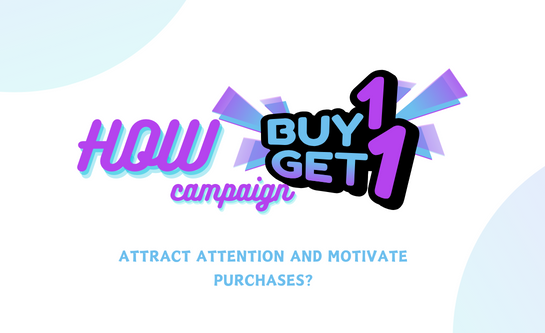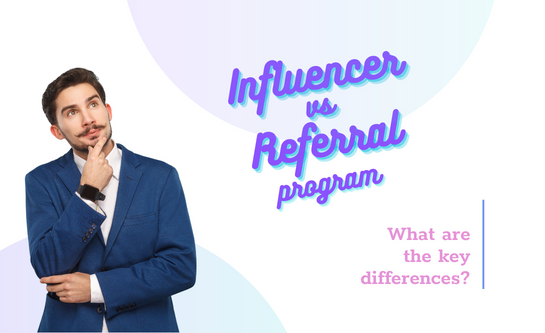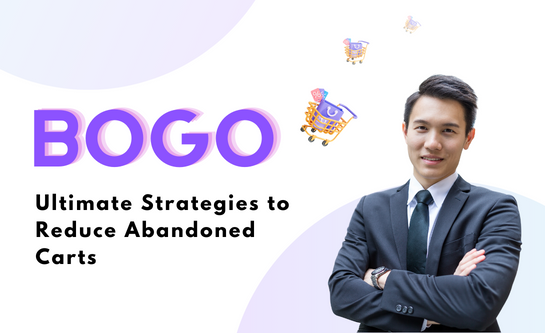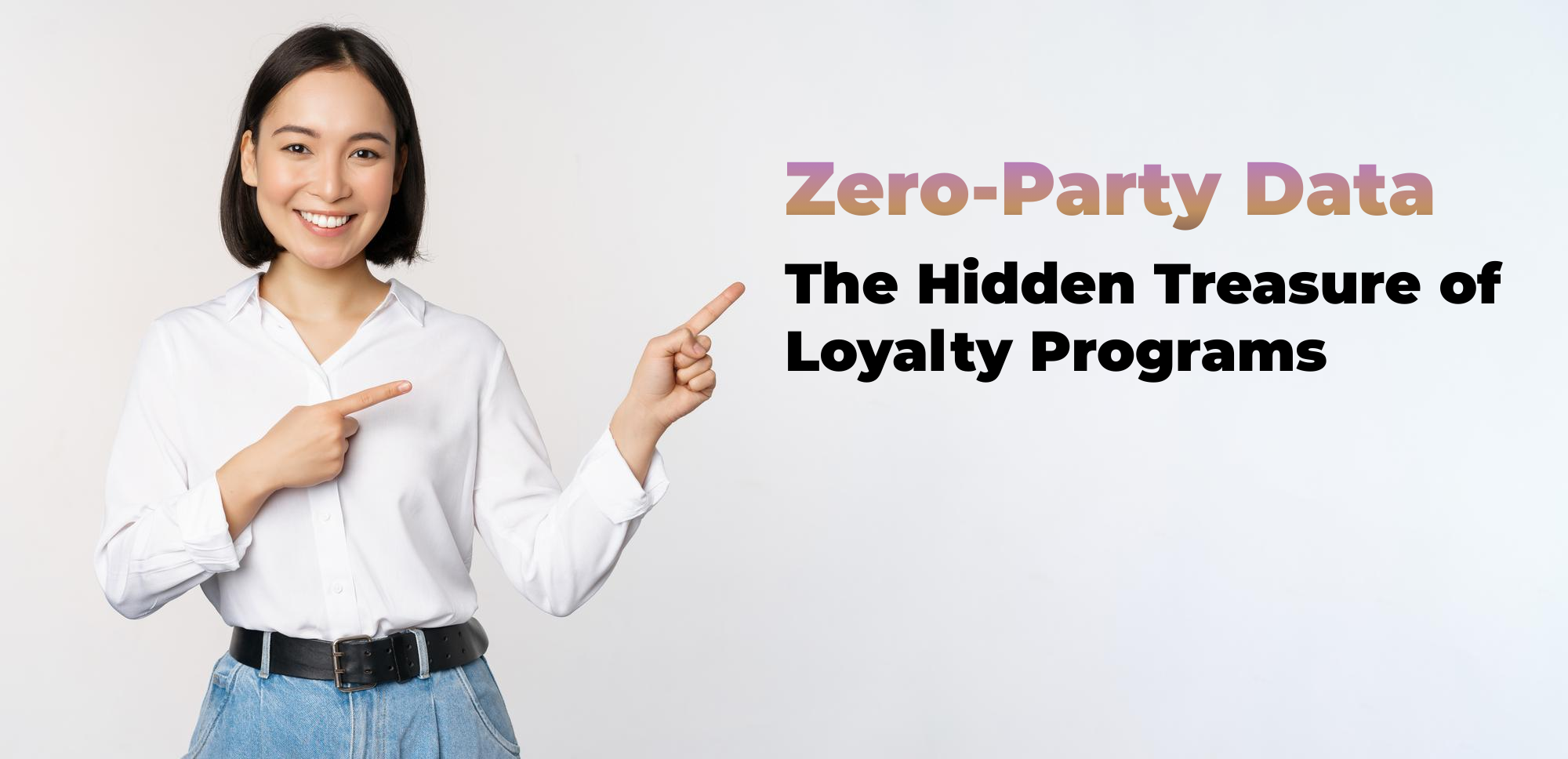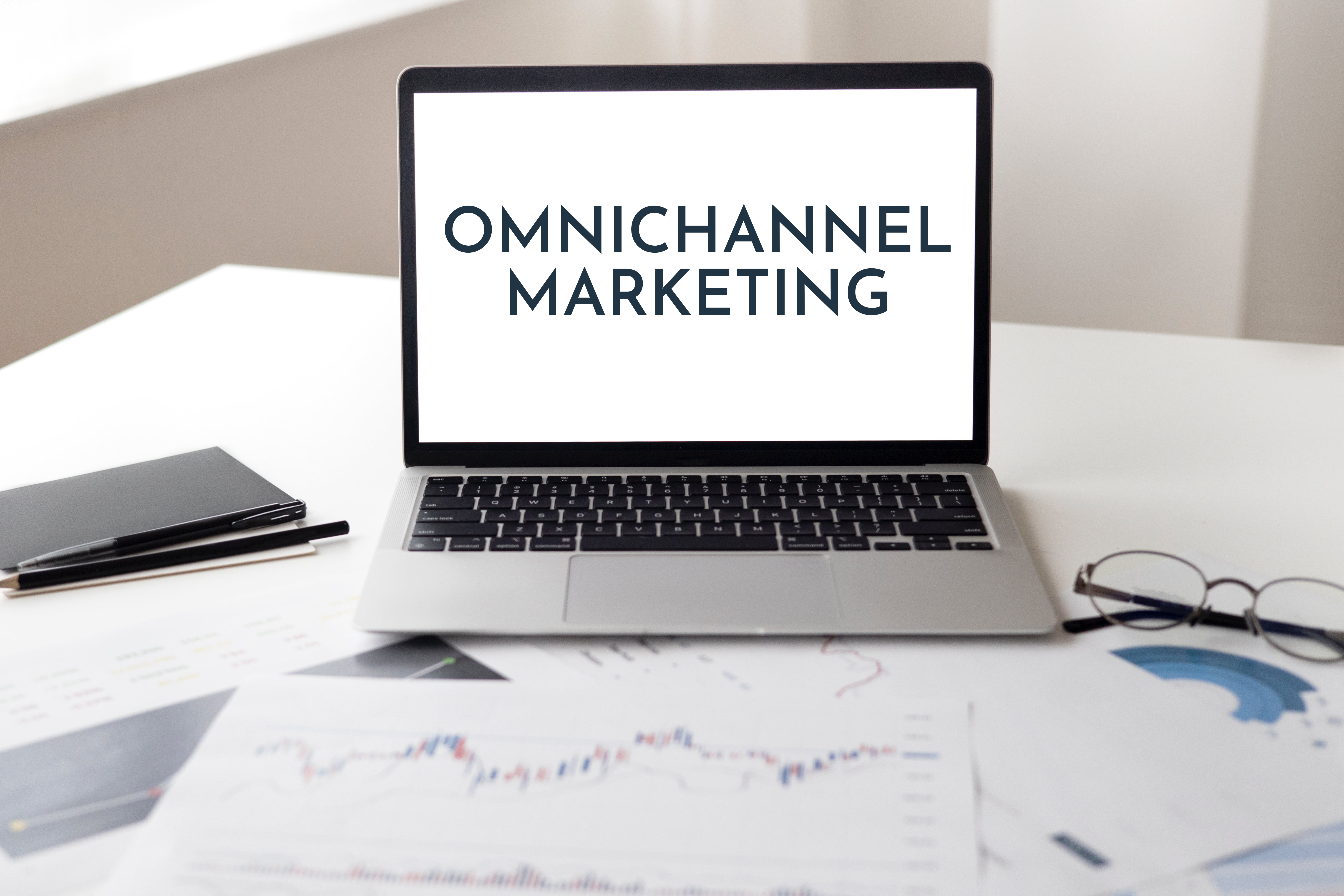Promotion Strategies: A Secret to Win Short-Term Sales
 Apr 26th, 2024
Apr 26th, 2024
 520 views
5 MINS READ
520 views
5 MINS READ
In the current dynamic market landscape, businesses are constantly seeking ways to boost short-term sales to meet revenue targets and maintain competitiveness. Among the promotion strategies available, three stand out as particularly effective: flash sales, special offers, and targeted product advertising. These promotion tactics leverage consumer psychology, scarcity, and value propositions to drive immediate purchasing decisions. Let’s delve into each strategy’s mechanics, advantages, and best practices for implementation.
1. Flash Sales: time-limited promotion tactics
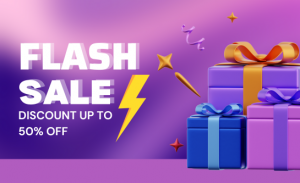
Flash sales are time-limited promotions that create a sense of urgency among consumers. Typically lasting for a short duration, often just a few hours or days, flash sales offer significant discounts or exclusive deals on select products or services. The key to their effectiveness lies in their ability to tap into consumers’ fear of missing out (FOMO) and desire for immediate gratification.
One of the primary advantages of flash sales is their ability to generate buzz and excitement. By announcing these sales through various channels such as email newsletters, social media platforms, or dedicated websites, businesses can attract attention and drive traffic to their stores or websites. Additionally, the urgency created by the limited-time nature of flash sales motivates consumers to make impulsive purchases, leading to a surge in short-term sales.
To maximize the impact of this promotion technique, businesses should offer exclusive perks that can further incentivize consumers to participate in the sale. However, it’s essential to strike a balance between discounting and maintaining profitability to avoid eroding margins.
2. Special Offers: versatile promotion strategies
Special offers contain a wide range of promotion activities, including buy-one-get-one (BOGO) deals, discounts, freebies, loyalty rewards, and bundling products or services. Unlike flash sales, special offers may not be time-bound but still leverage consumer psychology by providing added value or cost savings to entice purchases.
One of the significant advantages of special offers is their versatility. Businesses can tailor these promotions to suit different objectives, whether it is clearing out excess inventory, attracting new customers, or rewarding loyal patrons. For example, offering a BOGO deal can encourage customers to purchase more items than their original intentions, thereby increasing the average transaction value and driving short-term sales.
Moreover, special offers can foster customer loyalty and repeat purchases. By providing incentives such as loyalty points, discounts on future purchases, or exclusive access to special events, businesses can strengthen their relationship with customers and encourage them to continue buying from the brand.
Implementing special offers successfully requires careful planning and segmentation. Understanding the target audience’s preferences, purchasing behavior, and price sensitivity is crucial for designing compelling offers that resonate with consumers. Additionally, leveraging data analytics and customer insights can help businesses identify the most effective promotion strategies and refine their approaches over time.
Our ezLoyalty platform provides AI-generated insights that enable businesses to craft personalized marketing tactics for customers.
3. Targeted Product Advertising: personalize promotion strategy
Targeted product advertising involves promoting specific products or services to a select audience based on their demographics, interests, or past purchasing behavior. Unlike mass-market advertising campaigns or other promotion activities, targeted product advertising aims to reach consumers who are more likely to be interested in the promoted offering. Therefore, it will lead to an increase in the likelihood of conversion.
The rise of digital advertising platforms, particularly social media and search engines, has revolutionized targeted product advertising. These platforms offer sophisticated targeting capabilities that allow businesses to reach highly segmented audiences with relevant and personalized messages. By leveraging data analytics and machine learning algorithms, advertisers can optimize their campaigns to deliver the right message to the right audience at the right time.
One of the primary advantages of targeted product advertising is its cost-effectiveness. By focusing advertising efforts on specific audience segments, businesses can minimize wasted ad spend and maximize the return on investment (ROI). Moreover, the ability to track and measure campaign performance in real time enables advertisers to refine their strategies and allocate resources more efficiently.
To leverage targeted product advertising effectively, businesses should invest in robust data analytics capabilities and collaborate closely with advertising platforms to access advanced targeting features. Moreover, creating compelling ad creatives and messaging that resonate with the target audience is essential for driving engagement and conversions.
4. Seasonal Promotion: capture consumer buying trends
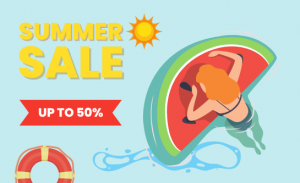
A seasonal promotion capitalizes on the changing flow of consumer spending habits throughout the year. It leverages seasonal trends, holidays, and special occasions to drive short-term sales. Whether it offers discounts on summer apparel, launching a holiday-themed product line, or hosting seasonal events, businesses can create targeted campaigns that resonate with consumers’ seasonal preferences and behavior.
Seasonal promotions not only create a sense of excitement and anticipation but also tap into consumers’ heightened willingness to spend during specific times of the year. By aligning promotion activities with seasonal occasions such as Valentine’s Day, Back-to-School season, or Black Friday, businesses can capitalize on increased consumer demand and drive short-term sales.
Moreover, seasonal promotion activities provide opportunities for businesses to showcase new products, introduce limited-time offerings, and differentiate themselves from competitors. Whether through themed marketing campaigns, seasonal discounts, or exclusive product launches, businesses can create a sense of urgency and exclusivity that motivates consumers to make immediate purchases.
5. Influencer Marketing: Trending promotion tactic
Influencer marketing has emerged as a powerful promotion strategy for driving short-term sales by utilizing the credibility and reach of influencers or brand ambassadors. By partnering with influencers whose audience aligns with their target demographic, businesses can tap into a highly engaged and receptive audience and generate buzz around limited-time offers or exclusive deals.
Influencers play a key role in creating authentic and compelling content that relates to their followers. Furthermore, they could effectively endorse products or services and drive immediate purchase intent. Plus, influencers can persuasively showcase products, driving traffic to businesses’ websites or stores and translating into short-term sales.
To maximize the impact of influencer marketing on short-term sales, businesses should carefully select influencers whose audience demographics and interests align with their target market. Additionally, providing influencers with creative freedom and fostering genuine relationships can result in more authentic and effective endorsements. By measuring key performance indicators such as engagement, click-through rates, and conversion metrics, businesses can evaluate the effectiveness of influencer partnerships and optimize their strategies accordingly.
6. Loyalty Programs: multifunction promotion strategy
Implementing loyalty programs is a tried-and-tested method to drive short-term sales while fostering long-term customer relationships. These programs incentivize repeat purchases by rewarding customers with points, discounts, or exclusive offers based on their spending habits. By offering tangible benefits for loyalty, businesses not only encourage customers to return but also motivate them to spend more to unlock rewards.
Effective loyalty programs go beyond simple point systems by incorporating promotion activities such as tiered membership levels, personalized offers, and experiential rewards. For example, tiered programs offer increasing benefits as customers progress through different membership tiers, providing an incentive for higher spending levels. Personalized offers tailored to individual preferences and purchasing behavior enhance the relevance of rewards, increasing their perceived value and driving engagement.
Wraps up
In brief, implementing a diverse range of promotion strategies such as loyalty programs, influencer marketing, and seasonal promotions can effectively boost short-term sales for businesses. By leveraging the principles of consumer psychology, targeting specific audience segments, and providing added value and incentives, businesses can create a sense of urgency, drive immediate purchase intent, and ultimately increase revenue in the short term.
 Back to blog page
Back to blog page




























